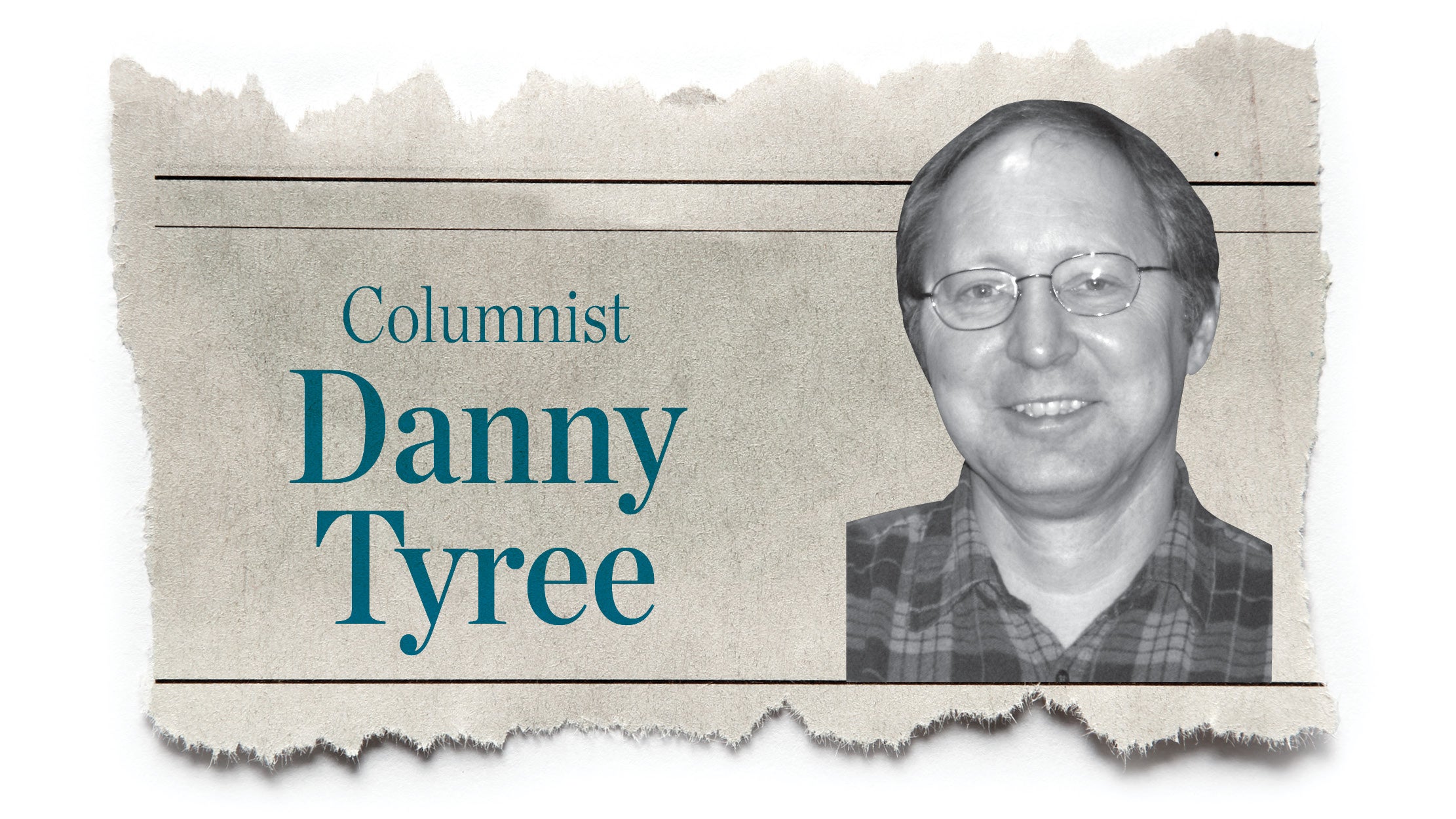A more sensible solution?
Published 7:48 am Friday, November 8, 2019
When results came in, unofficial results showed there was an exact tie of 77 votes each in the Chesapeake mayoral race.
If those numbers stand after recounts and certification, then the winner will be chosen when incumbent Tommy Templeton’s and challenger Kim Oldaker’s names are placed in a random drawing at the board of elections.
It may seem a random way to pick a leader, but, as the cost of a runoff would fall to a small village, it is the most economical. Ironton, by contrast, hosted a runoff four years ago when Katrina Keith was elected.
But there has to be a better way to do this.
One solution is an instant runoff voting system, in which voters would rank their first and second choices. If there is a tie between the top two running or no one reached 50 percent, then the votes of those who chose another candidate, in this case third place finisher Michael Ferguson, would then be examined.
Their second choice would then be added to the totals, hopefully breaking a tie.
However instant runoff, while catching on in some parts of the country, has been traditionally opposed by the two major parties, as it would make voters more inclined to consider third parties, without a fear of a spoiler effect and a “wasted” vote.
While such a duopoly is hard to break up, the fact remains that a great many races in the nation are at the local level, tend to be nonpartisan and take place in areas with low populations, making a tie more likely.
Instant runoff is something that should be considered by the state of Ohio. The powers that be may not like it, but it will help cash-strapped villages in situations like this and is certainly is a better way to discern the will of the people than drawing a mayor from a hat.





